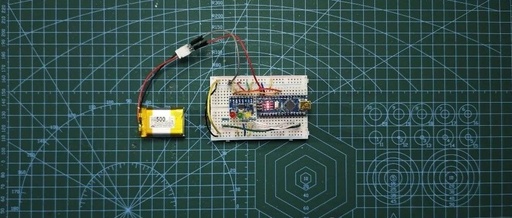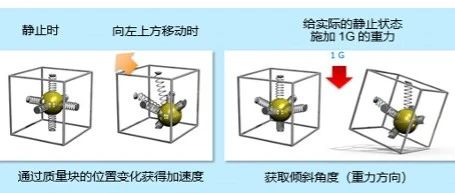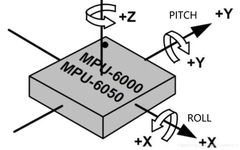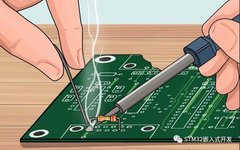Native Android Experience on K40 – LineageOS
When feeling bored, I often think about tinkering with the electronic products around me, wondering if there could be a better or different experience.For most people, smartphones are essential daily tools, and how comfortable they are to use is quite important. My old phone, the K40, has been in use for four years. Since I … Read more









